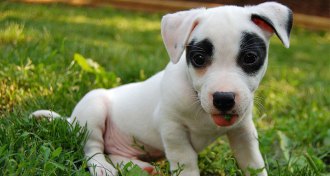
Senior writer Tina Hesman Saey is a geneticist-turned-science writer who covers all things microscopic and a few too big to be viewed under a microscope. She is an honors graduate of the University of Nebraska-Lincoln where she did research on tobacco plants and ethanol-producing bacteria. She spent a year as a Fulbright scholar at the Georg-August University in Göttingen, Germany, studying microbiology and traveling. Her work on how yeast turn on and off one gene earned her a Ph.D. in molecular genetics at Washington University in St. Louis. Tina then rounded out her degree collection with a master’s in science journalism from Boston University. She interned at the Dallas Morning News and Science News before returning to St. Louis to cover biotechnology, genetics and medical science for the St. Louis Post-Dispatch. After a seven year stint as a newspaper reporter, she returned to Science News. Her work has been honored by the National Academies of Sciences, Engineering and Medicine, the Endocrine Society, the Genetics Society of America and by journalism organizations.

Trustworthy journalism comes at a price.
Scientists and journalists share a core belief in questioning, observing and verifying to reach the truth. Science News reports on crucial research and discovery across science disciplines. We need your financial support to make it happen – every contribution makes a difference.
All Stories by Tina Hesman Saey
-
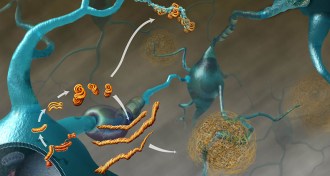 Life
LifeA protein variant can provide protection from deadly brain-wasting
If cannibalism hadn’t stopped, a protective protein may have ended kuru anyway.
-
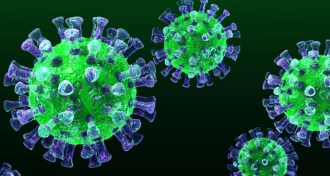 Life
LifeMERS virus didn’t morph in its move to South Korea
No obvious changes in the MERS virus account for its rapid spread in South Korea.
-
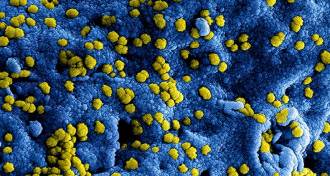 Health & Medicine
Health & MedicineDeadly MERS spreads in small cluster in South Korea
Thirty people have MERS virus in the South Korean outbreak, including China’s first case.
-
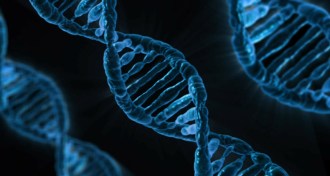 Genetics
GeneticsWhite House hits pause on editing human germline cells
The White House has hit pause, for now, on clinical experiments that could alter the human germ line.
-
 Genetics
GeneticsGenes and environment balance each other
Genes and environment have equal influence on human traits.
-
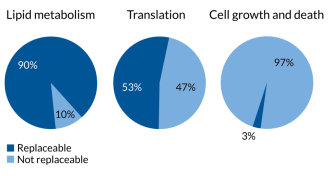 Genetics
GeneticsA billion years of evolution doesn’t change some genes
Human genes can substitute for 47 percent of essential genes in baker’s yeast, new research shows.
-
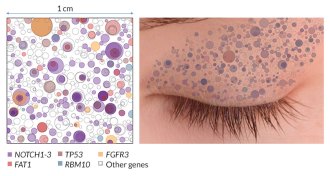 Genetics
GeneticsMutations that drive cancer lurk in healthy skin
Healthy tissue carries mutations that drive cancer, samples of normal skin cells show.
-
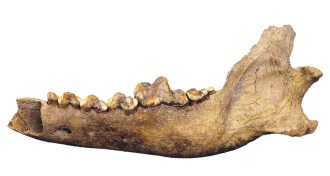 Genetics
GeneticsAncient DNA pushes back timing of the origin of dogs
DNA extracted from the fossil of an ancient wolf indicates dogs and wolves diverged longer ago than previously thought.
-
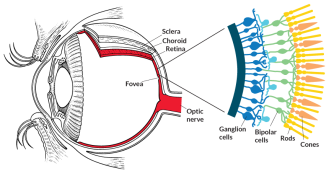 Genetics
GeneticsHow to rewire the eye
The cutting-edge technology called optogenetics may offer a workaround to partially restore vision even after the retina’s light-sensing rods and cones die.
-
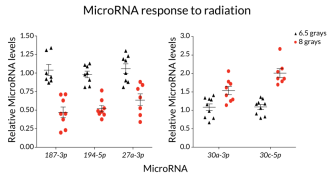 Genetics
GeneticsMicroRNAs track radiation doses
MicroRNAs in the blood may indicate radiation damage, a study of mice finds.
-
 Genetics
GeneticsHumans and Neandertals mated more recently than thought
Neandertals and humans interbred in Europe until shortly before Neandertals went extinct.
-
